Rising Healthcare Expenditure
Rising healthcare expenditure in the US is a significant driver for the mrsa drugs market. As healthcare costs continue to escalate, there is an increasing focus on effective treatment options for infections, particularly those caused by antibiotic-resistant bacteria like MRSA. According to the National Health Expenditure Accounts, healthcare spending in the US is projected to reach approximately $6 trillion by 2027. This financial commitment underscores the importance of investing in innovative therapies that can effectively combat MRSA infections. Healthcare providers are more inclined to allocate resources towards the procurement of effective MRSA drugs, recognizing the long-term cost savings associated with preventing severe infections. Consequently, the growing healthcare expenditure is likely to bolster the demand for MRSA drugs, driving market growth and encouraging pharmaceutical companies to develop new treatment options.
Advancements in Antibiotic Research
Recent advancements in antibiotic research are significantly influencing the mrsa drugs market. Innovative approaches, such as the development of novel compounds and the exploration of alternative therapies, are gaining traction. Research institutions and pharmaceutical companies are increasingly focusing on understanding the mechanisms of MRSA resistance, which has led to the identification of potential new drug targets. For instance, the National Institutes of Health (NIH) has reported a surge in funding for research aimed at combating antibiotic-resistant bacteria, including MRSA. This influx of investment is likely to accelerate the discovery of new antibiotics and treatment modalities, thereby enhancing the therapeutic arsenal available for MRSA infections. As these advancements materialize, they are expected to create a more competitive landscape in the mrsa drugs market, ultimately benefiting patients and healthcare providers alike.
Increasing Incidence of MRSA Infections
The rising incidence of MRSA infections in the US is a primary driver for the MRSA drugs market. According to the Centers for Disease Control and Prevention (CDC), MRSA infections have been a significant public health concern, with an estimated 80,000 invasive MRSA infections occurring annually. This alarming trend necessitates the development and availability of effective MRSA drugs, as healthcare providers seek to combat these infections. The increasing burden on healthcare systems, coupled with the need for effective treatment options, propels the demand for innovative therapies. As a result, pharmaceutical companies are investing in research and development to create new drugs targeting MRSA, thereby expanding the market. The growing awareness among healthcare professionals and patients about the risks associated with MRSA further fuels the demand for effective treatment solutions in the mrsa drugs market.
Regulatory Support for Drug Development
Regulatory support for drug development plays a pivotal role in shaping the mrsa drugs market. Agencies such as the Food and Drug Administration (FDA) have implemented initiatives to expedite the approval process for new antibiotics targeting resistant infections, including MRSA. The FDA's Qualified Infectious Disease Product (QIDP) designation incentivizes pharmaceutical companies to invest in the development of novel MRSA drugs by providing benefits such as priority review and extended market exclusivity. This regulatory framework encourages innovation and facilitates the entry of new therapies into the market, addressing the urgent need for effective treatments. As a result, the mrsa drugs market is likely to experience growth driven by the influx of new products that meet regulatory standards and address the challenges posed by antibiotic resistance.
Growing Awareness of Antibiotic Resistance
The growing awareness of antibiotic resistance among healthcare professionals and the general public is a crucial driver for the MRSA drugs market. Educational campaigns and initiatives by organizations such as the CDC have highlighted the dangers of antibiotic misuse and the importance of developing effective treatments for resistant infections. This heightened awareness is prompting healthcare providers to seek out new and effective MRSA drugs, as they recognize the limitations of existing therapies. Furthermore, patients are becoming more informed about their treatment options, leading to increased demand for effective MRSA therapies. The emphasis on responsible antibiotic use and the need for innovative solutions to combat resistance are likely to shape the future landscape of the mrsa drugs market, driving growth and encouraging the development of new therapeutic agents.


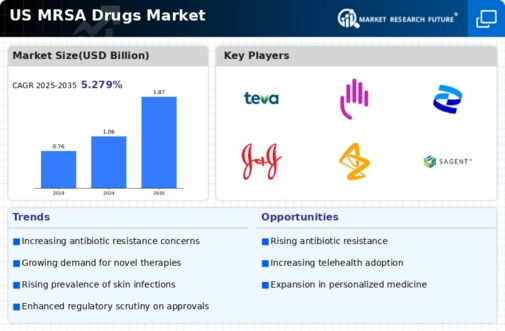
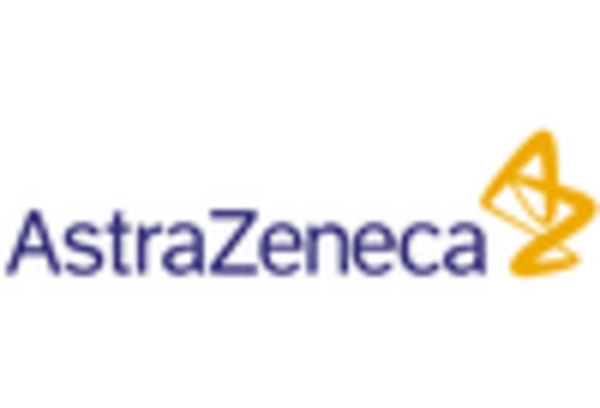
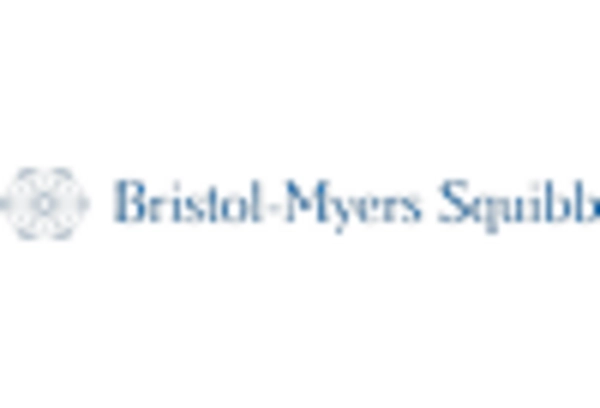
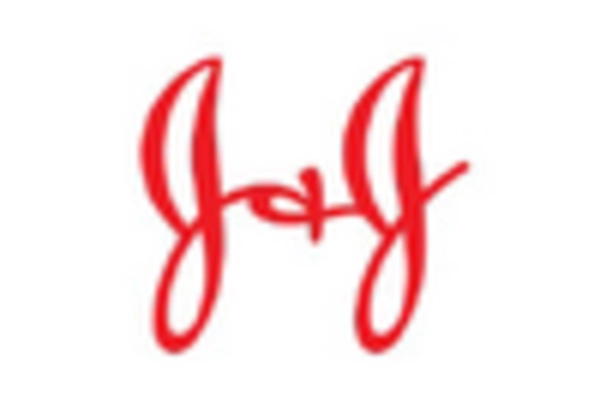
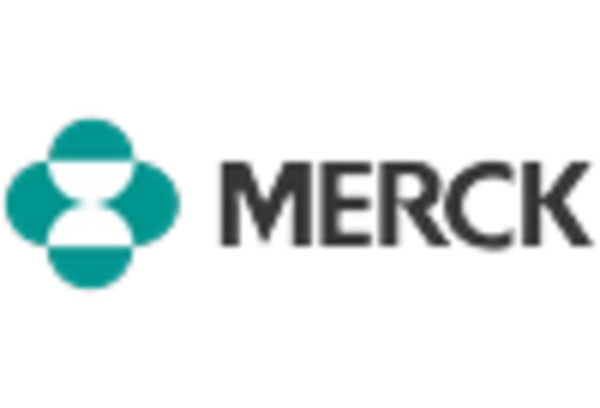
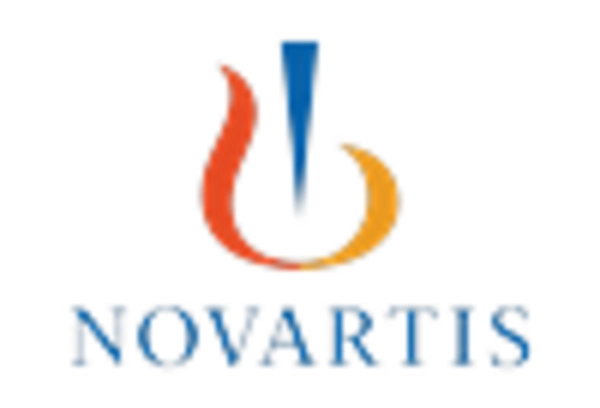
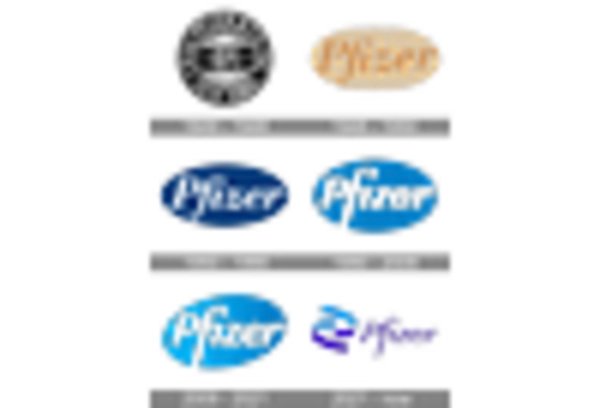








Leave a Comment